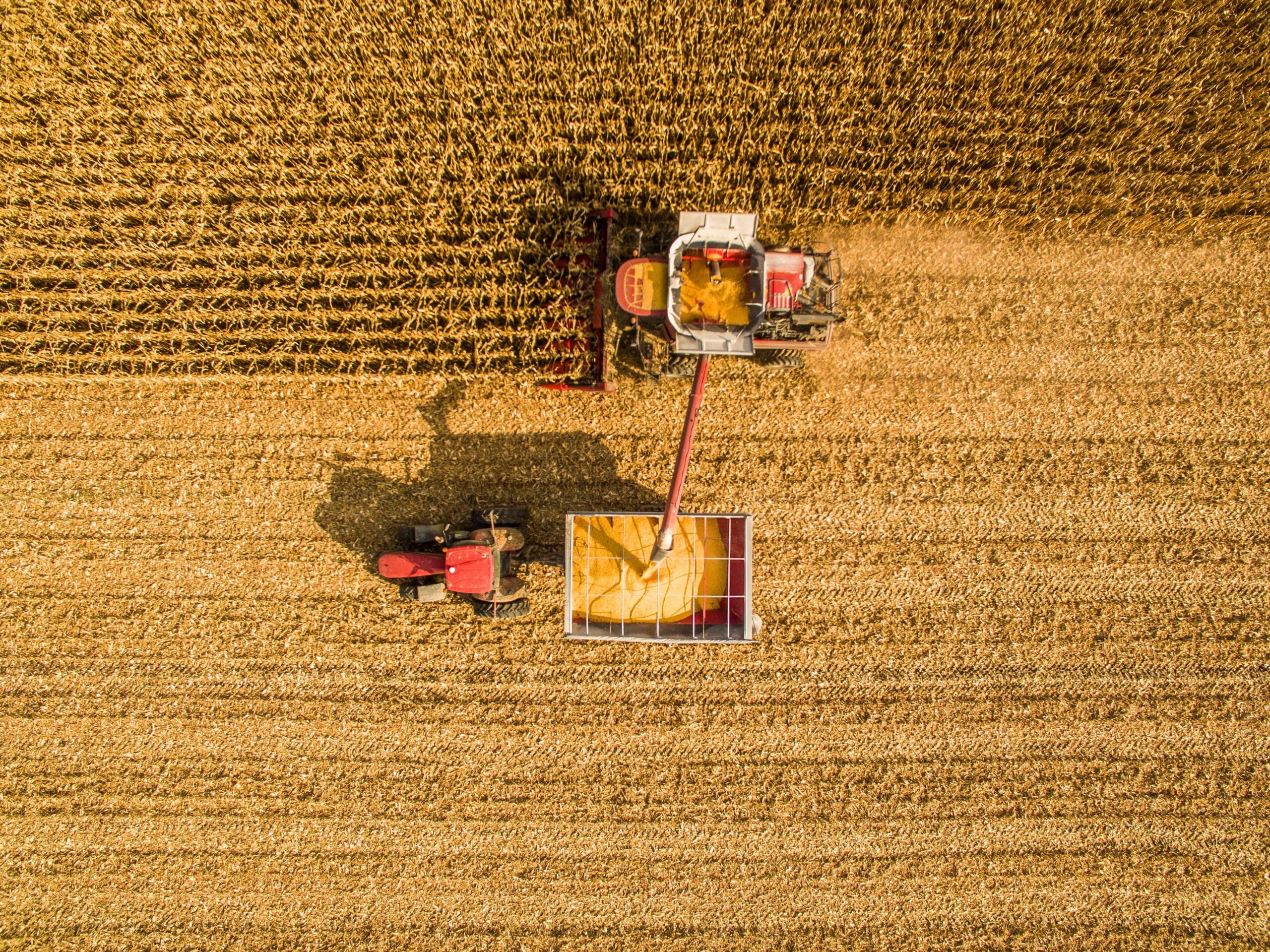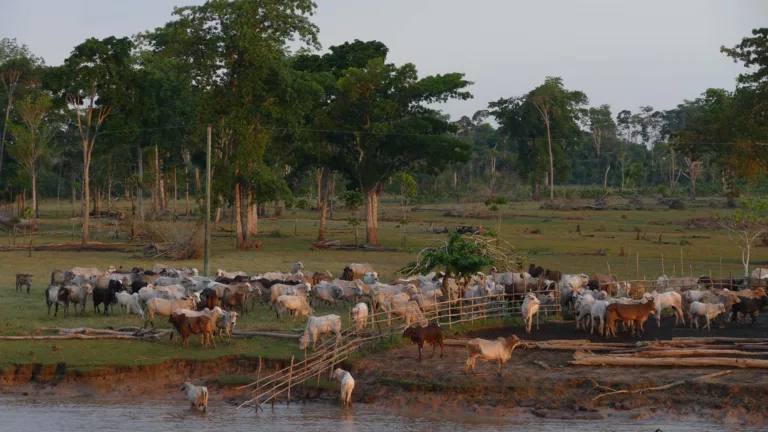
Brazil could double its agricultural production with no deforestation. That’s according to Brazilian researcher Eduardo Assad, who has been studying the impacts of climate change on the nation’s crop and protein production for over 30 years.
Boosting harvests without clearing trees would be possible by converting 40 million hectares of degraded pastures into cropland and adopting an integrated production system— growing two crops per year and raising cattle on the same farm.
Assad, who currently works as a teacher and researcher at Fundação Getulio Vargas, a renowned private university in Brazil, served for 35 years as a researcher at Embrapa, the state-owned research company, and spent 20 years at Brazil’s Agriculture Ministry, actively participating in the development of public policies to promote low-carbon agriculture.
The integrated crop-livestock system is a sustainable production strategy that combines farming and cattle raising in shared areas through intercropping, succession, or rotation. The goal is to intensify land use and share the benefits generated by the synergy of integrating different activities. In addition to the crop-livestock system, another model is also gaining traction in Brazil: crop-livestock-forestry.
Publications indicate that growing two crops a year in Brazil—a common practice where farmers typically plant soybeans in the summer and corn in the winter—doubles the land’s productive use from 42% to 80%.
“If you take soybeans, corn, and pastures, you are using more than 95% of your farm’s productive time, deepening root systems and boosting the soil’s organic material,” Assad said in an interview. With soybeans alone, growers harvest an average of 3.6 tons per hectare. Adding corn as a second crop increases production to 10 tons per hectare. With soybeans, corn, and pasture, in addition to those 10 tons of grains, the same hectare will produce seven more arrobas of meat, according to Assad.
“There’s no need to deforest to double Brazil’s agricultural production, because we are working with a buffer of almost 40 million hectares of degraded pastures that can be converted into these integrated systems. Brazil is the only country in the world that has the technology to do this,” said Assad.
A Shorter Rainy Season
Assad is also an advocate for adopting regenerative practices to adapt to climate change and sustain yield growth. He cited several publications indicating that Brazil has been losing part of its rainy season.
“In the second crop season, the rainy period has shortened by 30 days, according to studies from FGV and Embrapa. Another broader publication by Inpe shows that Brazil’s rainy season has fallen from 100 days to 80 days, on average,” Assad said.
“Ignoring that is like shooting ourselves in the foot. People need to understand that this is happening—it’s not something that will happen, it is happening. And we need to take measures to avoid significant impacts on various crops.
Overall, Brazil still relies on the same production model implemented in the 1970s, based on highly mechanized planting, which boosted yields through 2013 and 2014. The annual yield gain during that period was about 4%.
“It was extraordinary. But we forgot that natural resources can be depleted. Yields have continued to increase over the past ten years, but at a slower pace. The annual growth rate fell to 1%, and I hope we can at least maintain that.”
Still, many Brazilian farmers are adopting regenerative practices and integrated production systems, which are currently used on roughly 17 million hectares in Brazil. To scale sustainable practices, Assad says the main challenge is making farmers aware that the world is facing a climate emergency, as Brazil already has public policies, funding, and technology available to support these efforts.
COP30
Assad also warns part of Brazil’s agribusiness sector that is trying to use COP30—the UN climate change’s conference to be held in the Amazonian state of Pará in November—to position itself as a global leader in sustainable production.
“The COP is not about agribusiness. The COP is not about the Amazon or about Brazil. The COP is about the planet.”
While Assad believes it’s time for Brazilian society to show that the country has been working to reduce deforestation and promote low-carbon agriculture, he says that it should not be the tonic of COP.
“We are discussing a climate emergency. We cannot focus on sustainable soybean production in the Amazon. That’s too small compared to the scale of the problem we face,” he said.



